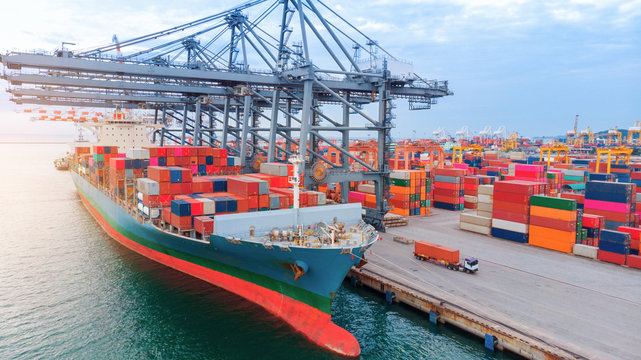- HOME
- ABOUT US
-
OUR SERVICES
- Air Freight
- Sea Freight
- Road Freight & GCC Land Transportation
- Custom Clearance
- UBL Specialized Services >
- ODC & Heavy Cargo Specialist
- Perishable Logistics
- Warehousing & Contract Logistics
- Door to Door Cargo Services
- Trailer Transportation Services
- Multiaxle Trailers Service
- GCC Trucking Services
- Hydraulic Trailer Service
- Dyna Truck Services
- Breakbulk Handling
- RORO Agents
- Container Terminal
- UBL Specialized Services
- OUR TARGET MARKET
- MEDIA
- CAREER
- CONTACT US
-
BLOG
- What Should You Expect from Dyna Truck Services
- What Are the Best Trailer Services in Dammam
- What Are the Key Benefits of Warehouse Outsourcing in Saudi Arabia
- What Documents Are Required for Border Clearance in Saudi Arabia
- What Makes Heavy Lift Transportation in Saudi Arabia Unique
- What Are the Safety Protocols for DG Cargo Import in Saudi Arabia
- What Are the Key Considerations for Heavy Lift Transportation
- What Are the Key Steps for Export Customs Clearance
- What Are the Key Benefits of Using Border Clearance Services
- Why Is It Important to Hire a Professional Land Freight Agent
- What Should I Look for in a Trailer Transportation Company
- How Can I Verify the Credibility of a RORO Agent
- Why Is Inventory Management Important in Warehousing
- What Services Should a Good Land Freight Agent Offer
- When Should You Hire Professional Heavy-Weight Cargo Movers
- What Documents Are Required for Export Customs Clearance
- What Are the Key Benefits of Hiring an Export Agency in Saudi Arabia
- How Does International Air Cargo Service in Saudi Arabia Ensure Fast and Safe Deliveries
- Why Is Container Clearance Essential for Importers in Saudi Arabia
- How Do Regulations Affect Heavy Lift Transportation in Saudi Arabia
- What Are the Top Features of the Best Shipping Agency in Dammam
- How to Navigate Border Clearance in Saudi Arabia
- What Are the Security Features of Container Terminals in Dammam
- How to Find the Best Clearance and Logistics Services in Saudi Arabia
- What Are the Best Container Terminal Storage Facility Providers in Dammam
- How Do Logistics Companies in Dammam Handle Breakbulk Cargo
- What Are the Key Challenges for Trucking Services in Saudi Arabia
- How Can Low Bed Trailers Help with Oversized Freight in Jubail
- How Maritime Freight Forwarding Ensures Safe and Efficient Transportation of Goods
- Why the Best Freight Forwarder Can Make or Break Your Supply Chain
- The Future of Air Freight Logistics: Trends Shaping the Industry in 2025
- How Heavy Lift Transportation is Revolutionizing the Shipping Industry
- BLOG

Loading

